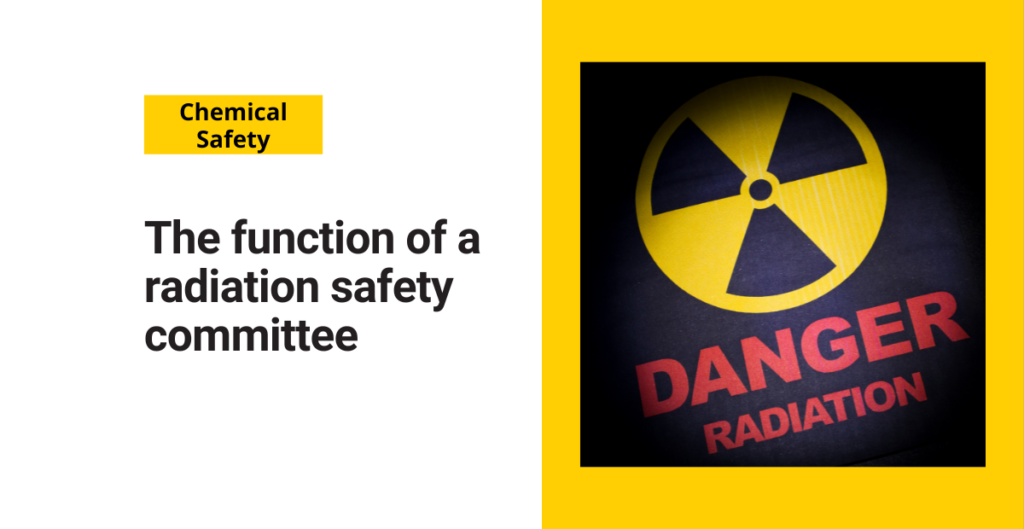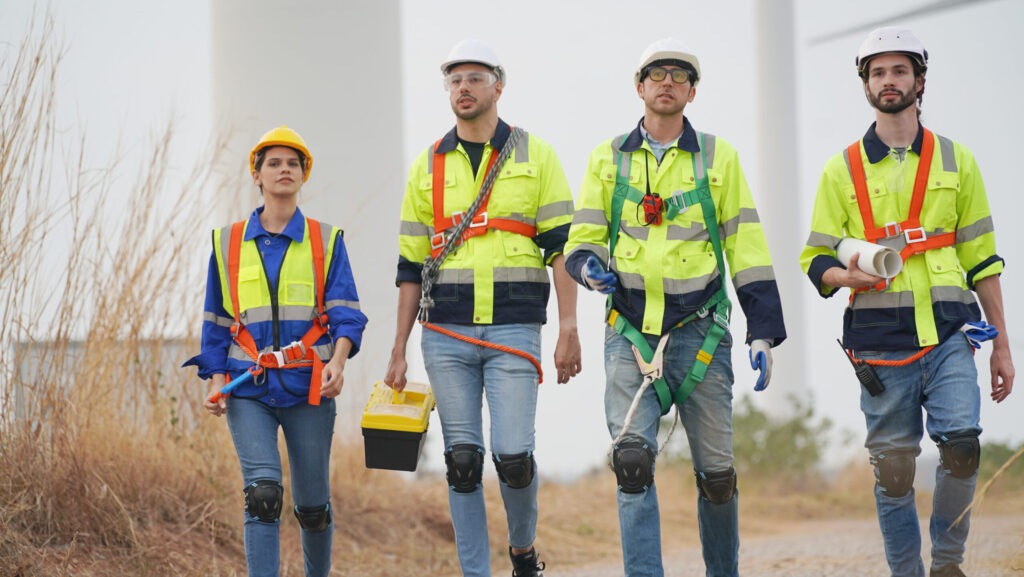According to a 2012 survey published in the American Journal of Industrial Medicine, workplace health and safety committees correlate with lower injury rates. Your company wants to put the health and safety of its employees first, but it’s sometimes harder to do than it looks. A team of employees actively addresses workplace safety issues, making it one of the easiest ways to improve safety.
The more services you offer, products you create, or employees you hire, the harder it becomes to ensure widespread safety across your operation. That’s where the role of a health and safety committee comes into play.
What is a Health and Safety Committee?
Health and safety committees are leadership teams within an organization that make decisions about safety practices and standards. These teams can (and should) consist of workers from all areas of the business:
- Operations Managers
- Safety Specialists
- Hourly Associates
- Engineers
- Continuous Improvement Specialists
Safety committees hold regular meetings with employees and management to make sure that everyone understands specific safety protocols. In these meetings, the team implements protocols correctly and makes changes when necessary.
Also, when a safety committee is working effectively, both management and employees communicate potential safety hazards and prevent these hazards from causing injuries. EHS managers usually run safety committees, and frontline employees volunteer to attend them.
Without a safety committee in place, a company’s EHS team may not always find hazards that cause injury or illness. Having a team whose sole purpose is to find and prevent these hazards is invaluable for a site’s overall safety performance. This is especially true in industrial environments where the risk of injury or illness is higher than in other industries.
Safety Committee Responsibilities
Safety committees have several responsibilities, always with the goal of protecting employees. Through specific practices and procedures to deal with identified hazards, these teams can reduce the probability that workplace injury and accidents will occur. Committee responsibilities include:
- Informing and educating employees about safety standards in the workplace
- Creating, distributing, and updating documents that outline specific workplace safety practices
- Holding regular safety training for all employees
- Regularly hosting company-wide workplace inspections and safety audits
- Encouraging employees to take breaks
- Implementing a reward system for safe behavior
- Reviewing data about the organization’s safety performance
- Discussing recent incidents and finding ways to prevent them from repeating
- Helping to set up company policies on management of change (MOC)
Your safety committee can own a wide variety of tasks. Depending on the industry you’re in, you can customize its roles and responsibilities to fit your operational needs. Just remember to keep safety hazard prevention as a top priority. Take advantage of the variety of members you have in order to get the best results.
Benefits of a Safety Committee
There are many benefits of having an effective safety committee in place. Below are just a few of the ways that it can help your organization and employees thrive.
Improves Efficiency
A safety committee takes time to ensure that equipment and facilities are in working order. It looks for the things that others might overlook. With properly maintained equipment in place, processes run smoother. Not only that, but you can also avoid operational shutdowns due to faulty machinery.
Protects Employees
Most safety teams alone are not big enough to find and fix all potential hazards. That’s why you need a safety committee to fill in the gaps. Because members of the committee work on the floor, they can notice hazards that EHS specialists, for example, might not see. This protects employees from hazards that could have otherwise caused a significant injury or illness.
In addition, safety committees also help to keep the proper staffing needed for specific tasks, eliminating the dangers associated with being understaffed. They help educate staff on safety topics to ensure they are aware of how to safely use machinery.
Sets and Tracks Safety Standards
In well-disciplined organizations, the safety committee sets company policies through the Management of Change (MOC) process. They use MOCs to review and manage changes in equipment, operational procedures, and staffing or organizational structure.
MOC software is an effective tool that can help establish and enforce standard procedures throughout a company. It can help with things such as leadership changes and task tracking (approval, progress and completion). MOC can also identify task workflows by outlining who owns specific tasks, resulting in more optimized workflows. It can also address organizational changes, such as activating or deactivating security credentials.
Saves Money
In addition to saving lives and keeping employees safe, having a safety committee has financial benefits. When the committee follows and maintains specific protocols, it helps reduce litigation and insurance costs and prevents expensive fines and penalties.
Not to mention, your organization is more likely to have a respectable safety reputation. This may increase employee retention and save you hiring and onboarding costs.
Safety Committee Best Practices
Forming a health and safety committee isn’t too complicated. You need to find a variety of members and set up a regular meeting time. From there, you can decide what to focus on each week. Here are some other safety committee best practices that you can implement for your own committee:
- Rotate members every so often to keep fresh perspectives and ideas flowing.
- Let volunteers join—these employees are more likely to make an impact.
- Communicate often to make sure the committee is efficient and effective.
- Use an EHS software program to track action items, suggestions, and any other important committee information.
- Use an MOC process to implement any process changes. This is a best practice for any actions related to process safety management.
Whether you’re auditing a specific area, fixing hazards, or brainstorming innovative solutions, make sure you stay focused during your limited committee meeting time. One of the worst things you can do is to create a safety committee that doesn’t meet regularly.
It’s better to wait to form a committee until you have the infrastructure to support it. This will lead to a lasting impact and a committee that will survive even if its founding members leave the company.





